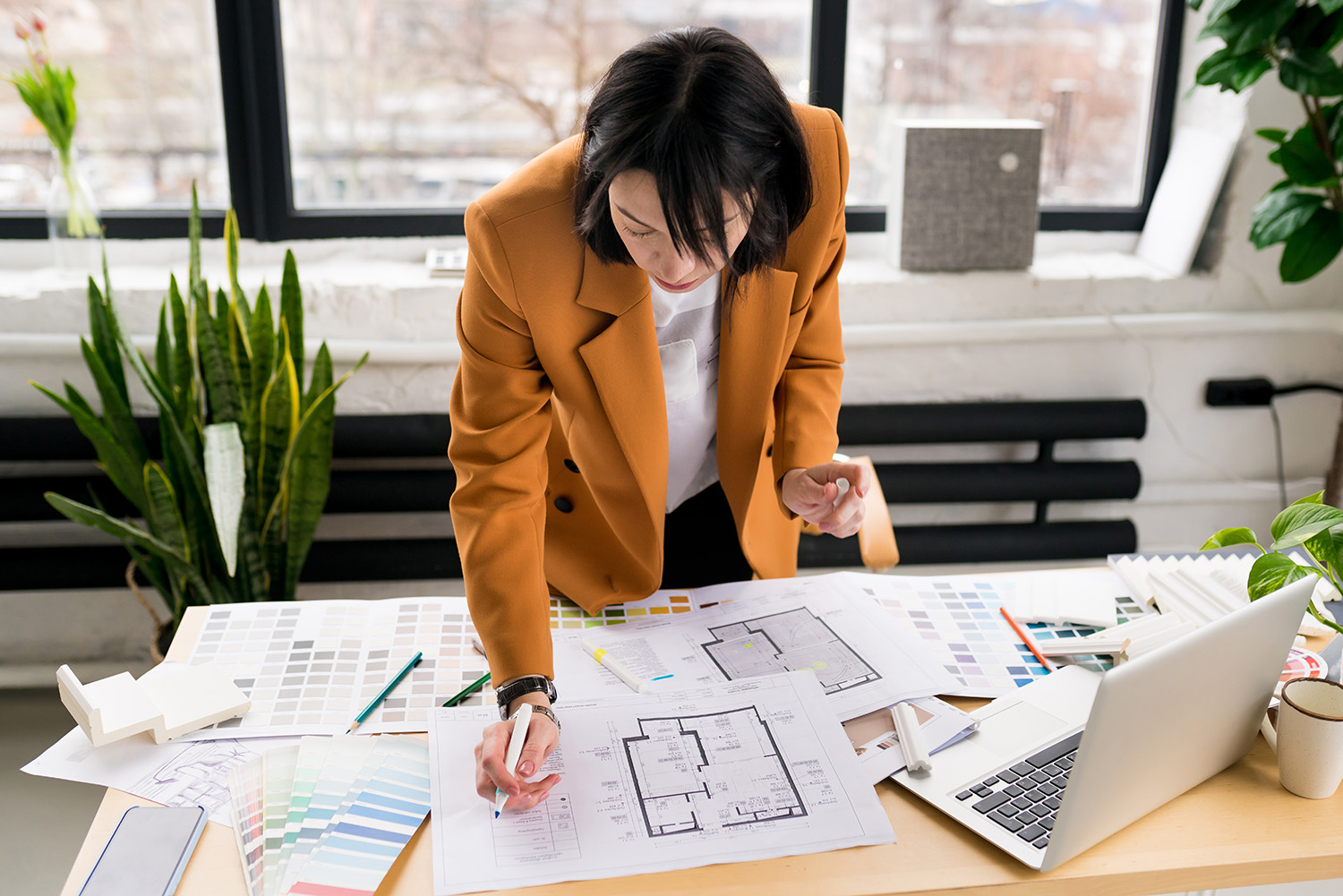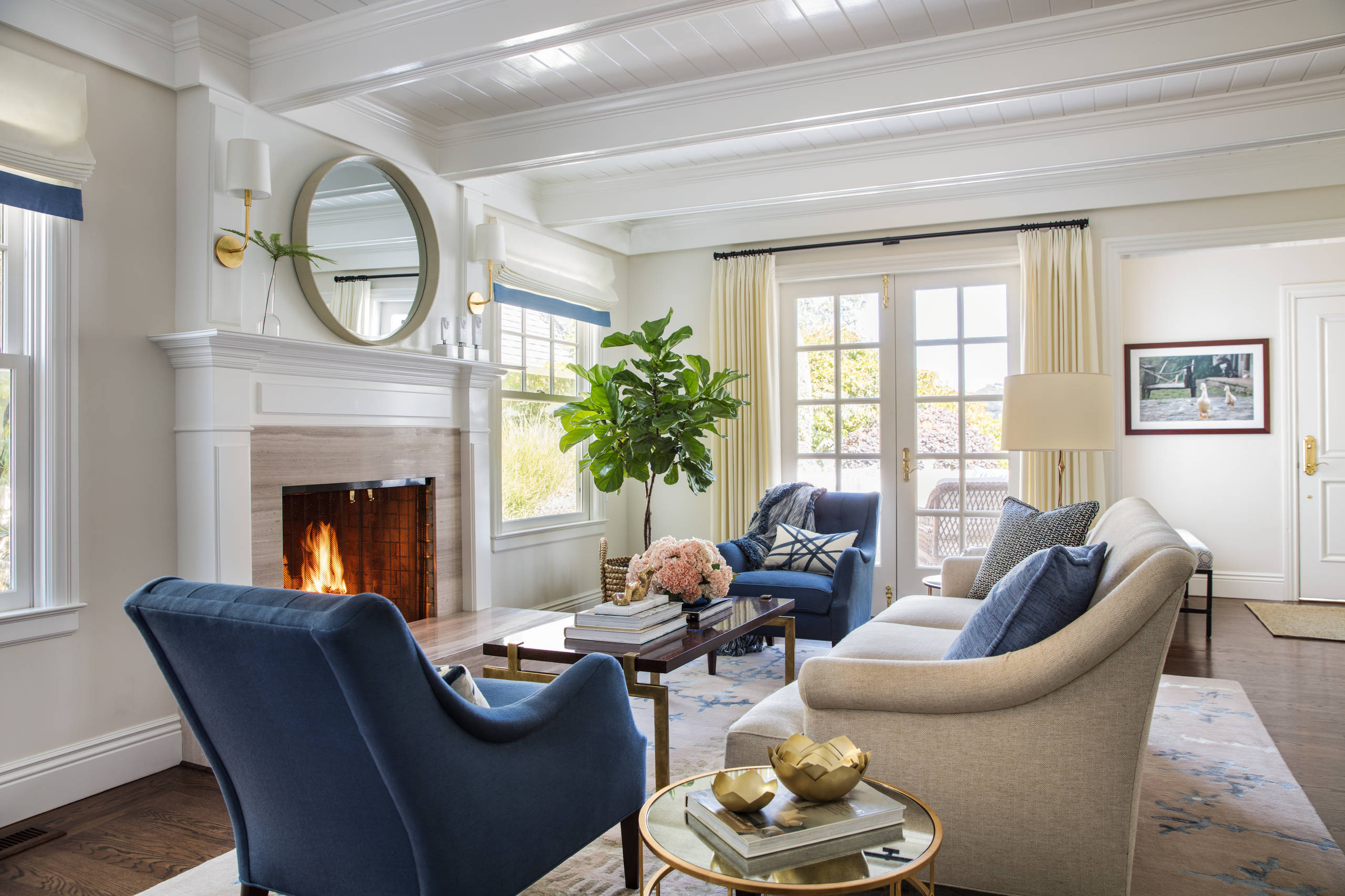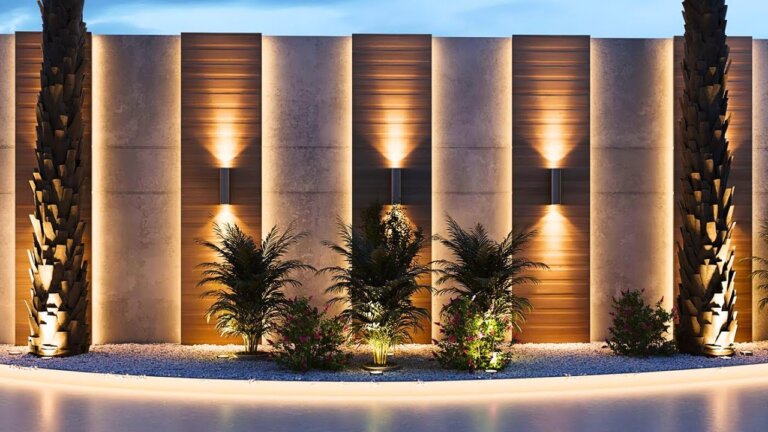Interior designers often work beyond standard 9-to-5 hours. Their schedules can vary greatly.
Understanding the work hours of interior designers can be crucial for both aspiring designers and clients. Interior designers juggle multiple projects, meet with clients, and coordinate with contractors. Their work hours can include evenings and weekends to meet deadlines and accommodate client schedules.
This flexibility ensures they deliver unique, tailored designs. Knowing what to expect can help in planning and managing projects effectively. Let’s dive deeper into the typical work hours of interior designers and what influences their schedules.
Introduction To Interior Design Work Hours
Interior designers often have varied work hours. Many work regular office hours. Still, they may also work evenings or weekends. This depends on client needs and project deadlines.
Typical Work Schedules
Most designers work 40 hours a week. They usually follow a 9-to-5 schedule. But, some may work longer hours. Deadlines and client meetings can extend their day.
Varied Timelines
Some designers work part-time. Others may freelance. Freelancers have more flexible hours. They can choose their projects. This means their schedules can change often.
Interior Designer Working Hours
Understand typical schedules in the design industry
Weekly Work Schedule
Full-time Vs. Part-time Designers
Interior designers can work full-time or part-time. Full-time designers typically work standard business hours. Part-time designers often have flexible schedules.
Full-time Commitments
Full-time interior designers usually work 40 hours a week. They often work regular business hours, Monday to Friday. Some may work overtime during busy periods. Full-time designers meet clients, visit sites, and create designs. They must stay on top of project timelines. This job can be very demanding. Full-time designers need to manage stress well.
Part-time Flexibility
Part-time designers have more flexible hours. They might work 20 to 30 hours a week. Part-time work is great for those with other commitments. They can balance work and personal life better. Part-time designers often take on fewer projects. This allows them to focus more on each one. They still need to meet deadlines but have less pressure. Part-time work can be a good choice for new designers.
Freelance Interior Designers
Freelance interior designers often work on a project basis. This means they might have busy periods and quiet times. During busy periods, they may work many hours each day. They must manage their time well to meet deadlines. Flexibility is key in this job. They may need to work evenings or weekends.
Meeting with clients is a big part of the job. Freelance designers often schedule meetings at the client’s convenience. This can mean early mornings or late evenings. Deadlines are important too. Missing a deadline can mean unhappy clients. So, designers often work long hours to make sure they finish on time. Good planning helps them stay on track.

Credit: www.houzz.com
Corporate Interior Designers
Corporate interior designers often work from 9 AM to 5 PM. These hours are common in offices. They spend time planning and designing spaces. Meetings with clients and team members are frequent. They also visit job sites to check progress. These tasks fit within standard office hours.
Sometimes, projects need more time. Deadlines can be tight. Designers might work late. Weekend work is also possible. They want to meet their clients’ needs. Project demands can change schedules. Flexibility is key in this job. Extended hours can be stressful but are often necessary.
Weekend And Evening Work
Interior designers often work evenings and weekends. Client meetings and project deadlines frequently extend beyond typical office hours. Flexibility is key in this career.
Client Availability
Interior designers often work evenings and weekends. This is because clients are usually free during these times. Meetings can be set around the client’s schedule. This flexibility helps build good relationships.
Event-driven Deadlines
Deadlines tied to events can affect working hours. Projects might need to be finished before a party or move-in date. This means working late nights and weekends sometimes. Staying on schedule is very important.

Credit: www.sbid.org
Seasonal Demand In Interior Design
Interior designers often have more work during certain times of the year. Spring and summer are usually very busy. People want to refresh their homes. New trends come out during these seasons. Designers may work longer hours. They meet with clients more often. There are more events and shows to attend.
Winter and fall are usually quieter. Designers may take fewer projects. They use this time to plan. They update their portfolios. They may also do marketing. It is a good time for learning new skills. They may attend workshops or courses. They also spend more time with family and friends.
Balancing Work And Personal Life
Interior designers often have busy schedules. They must balance work and personal life. Good time management is key. It helps to plan each day. Make a list of tasks. Prioritize important tasks first.
Take short breaks often. This keeps the mind fresh. Avoid overworking. Set clear boundaries between work and home. Use a calendar to track deadlines. This ensures no tasks are missed.
Spend time with family and friends. This helps to unwind. Engage in hobbies. They reduce stress. Exercise regularly. It boosts energy levels. Healthy meals also help.
Keep a regular sleep schedule. Rest is important for focus. Avoid checking work emails at night. This keeps stress levels down. Seek help if feeling overwhelmed. A balanced life leads to better work.
Technological Impact On Work Hours
Interior designers can work from home now. Remote work lets them choose their hours. Many designers use this chance to balance work and life. They can meet clients online. This saves time and travel costs. They can also collaborate with team members easily. This makes their job more flexible.
Designers use many tools to work together. Video calls are common. They also share ideas using online platforms. Tools like Slack and Trello help teams stay on track. These tools make communication simple. They also keep projects organized. This helps designers work more efficiently. With these tools, designers can work anytime from anywhere.

Credit: www.houzz.com
Frequently Asked Questions
What Are Typical Working Hours For Interior Designers?
Interior designers often work standard business hours, typically 9 AM to 5 PM. However, they may also work evenings and weekends to meet client needs.
Do Interior Designers Work On Weekends?
Yes, interior designers sometimes work on weekends. This helps them accommodate clients’ schedules and manage project deadlines effectively.
How Flexible Are Interior Designers’ Working Hours?
Interior designers’ working hours are often flexible. They may adjust their schedules to meet clients’ availability and project requirements.
Do Interior Designers Work Overtime?
Interior designers may work overtime during peak project phases. This ensures they meet deadlines and deliver quality work.
Conclusion
Interior designers work flexible and varied hours. Their schedules often change. They may work evenings or weekends. Meeting client needs is their top priority. Balancing creativity and deadlines is essential. Interior designers must stay adaptable. This career offers dynamic workdays.
Each project brings unique challenges. Passion and dedication drive success in this field. So, if you love design, this job can be fulfilling.

My name is Mahi Uddin, and I’m a blog writer with over two years of experience specializing in creating engaging, informative content using AI tools. I contribute to InExDecor.com, where I share creative ideas and practical tips for transforming interior and exterior spaces into beautiful, functional environments. With a passion for storytelling and a knack for blending creativity with technology, I strive to craft blogs that not only inform but also inspire readers. When I’m not writing, you can find me exploring design trends or enjoying a good book with a cup of coffee.








